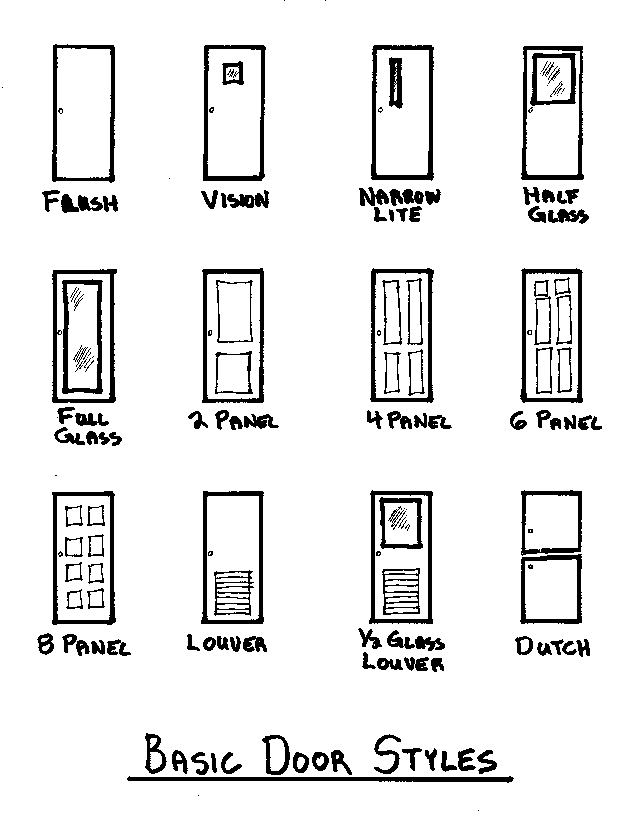With
air all around us, it can be harnessed for the development of technological
tools and air transportation. Air content of gases, mainly nitrogen and oxygen
eg
Mechanical properties of air
The
mechanical properties of air weight, atmospheric pressure and the relationship
between pressure, temperature and speed.
Weight:
For the fact that we cannot see air it does not mean that air does not have
weight. That air weighs something can be experimented with an empty balloon. If
filled with air, the balloons original weight increases.
Atmospheric Pressure: This is the same thing as air pressure.
This pressure is defined as the force per unit area, written mathematically as
P = F/A. eg siphoning, vacuum pump, vapour pressure (tumbler filled with water)
etc. the instrument used in measuring air pressure is called barometer.
Relationship Between Air Pressure and Speed: It has been
proven that air flow is generated as a result of difference in pressure. For
instance, breeze, wind, hurricane etc can
move objects, depending the direction of flow.
When
air flows it produces several effects such lift, drag, sound etc. this results
because air pressure increases with the speed of flow. However, it should be
noted that air pressure increases twice as speed.ie while speed may be
2kph, air pressure is already 4kph.
No
wonder air pressure us applied to the flying of kites, p1ropelling of airplanes
and operation of wind mills etc.
Effects of air flow on Aerofoil
Streamlined
– shaped objects are called airfoils, eg kites, birds, airplanes, rockets etc.
Usually streams of air travel longer distance above the surface of the aerofoil
because of its shape than the surface below. Thus, air travels faster above
than below. The faster air travels, the less the sideways pressure it exerts.
For this reason, low pressure is developed at the top of the face of the
aerofoil than below.
It
is by this principle that airfoils experience a lift, and that’s why airplanes
gain weight in the air. eg
Extremes of Air flow
There
are two extremes of air flow, namely:
Laminar air flow: This is slow speed flow of air flow. It
is also called streamline flow..jpg)
.jpg)
Turbulent flow: This is the high speed flow of air. Sometimes it is
a forced air. Eg see diagram above.
.jpg)
.jpg)
Pneumatics and Hydraulic
Devices
Pneumatics
is a device that makes use of compressed air to do useful work. Such devices
make use of cylinders to produce force or linear motion at changing speeds.
Generally, both pneumatics and hydraulic devices are used for the following purposes.
For
pushing
For
pulling and
For
lifting
Pneumatic Devices
Hand Pump:
These are of different types, they are used to inflate tyres, balloons, balls
etc. the hand pump has a plunger which sucks in and pushes out air at the
barrel cylinder.
Compressor Machine: This is used by vulcanizers, while the
modified one is used as a spray machine on several products.
Hydraulic:
These are devices that make use of liquids to push, pull and lift materials.
Hydraulic
Devices
Hydraulic Jack: This jack has two main parts – the handle and the
lever which is connected by two pistons which raises the lever that raises the
load (car).
Suction and Double acting pumps: These are locally manually
operated pumps used for lifting liquids and gases from reservoirs. e.g.
.jpg)
.jpg)
Garden Sprinkler:
The sprinkler is used in water gardens. It has jets which issues out water at a
given speed about an axis.e.g..jpg)
.jpg)
Water Wheel: This wheel can be used to create mechanical energy
in grinding, milling and electric power machines.
.jpg)
.jpg)
Others:
(a) Reaction turbine (at dams) and (b) Brakes – used in cars to control motion.
Class Work.
What
are pneumatics?
What
is hydraulic?
Name
2 devices that use pneumatics
Name
4 devices that make use of hydraulic
Assignment:
Using
the sketches shown on your text book sketch the following
Hand
pump
Suction
and double acting pump
Garden
sprinkler
.jpg)
.jpg)
.jpg)
.jpg)
.jpg)
.jpg)
.jpg)
.jpg)


.jpg)
.jpg)
.jpg)
.jpg)
.jpg)
.jpg)
.jpg)
.jpg)
.jpg)
.jpg)
.jpg)
.jpg)
.jpg)
.jpg)
.jpg)

.jpg)

